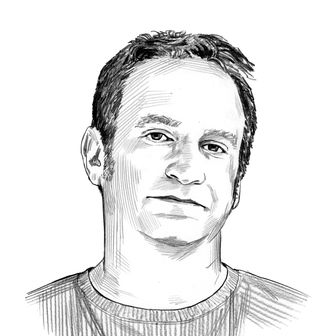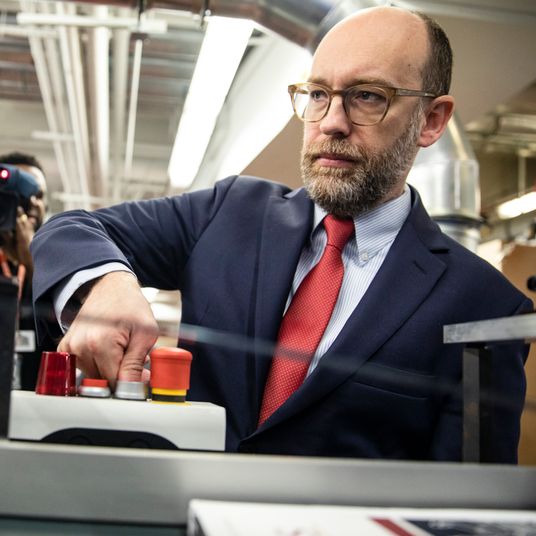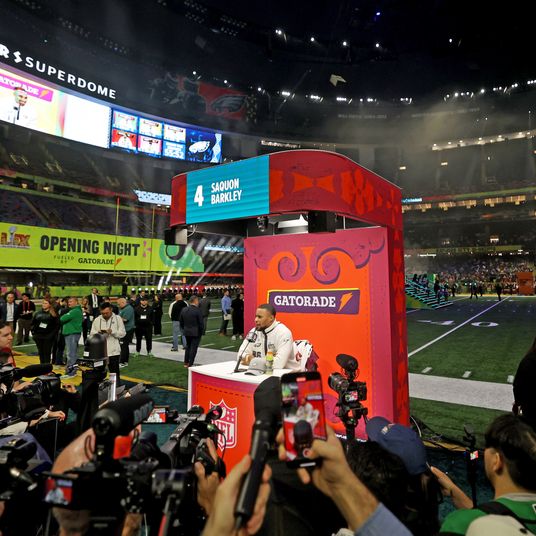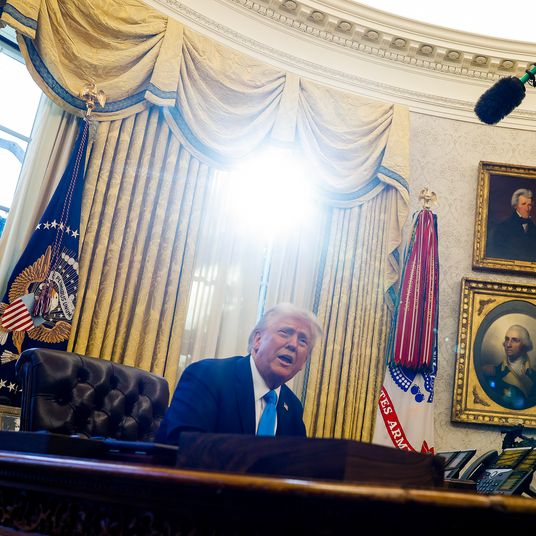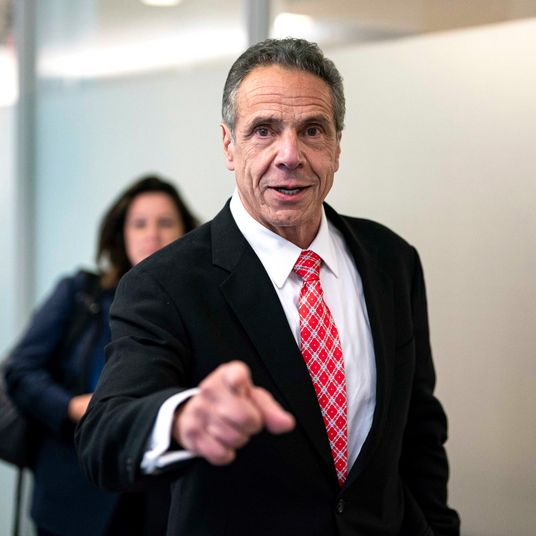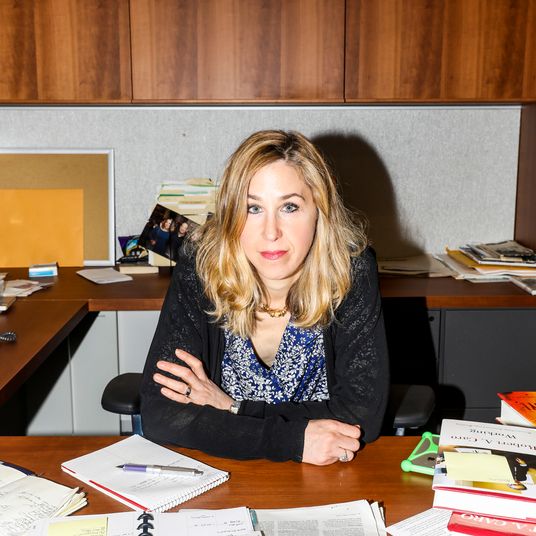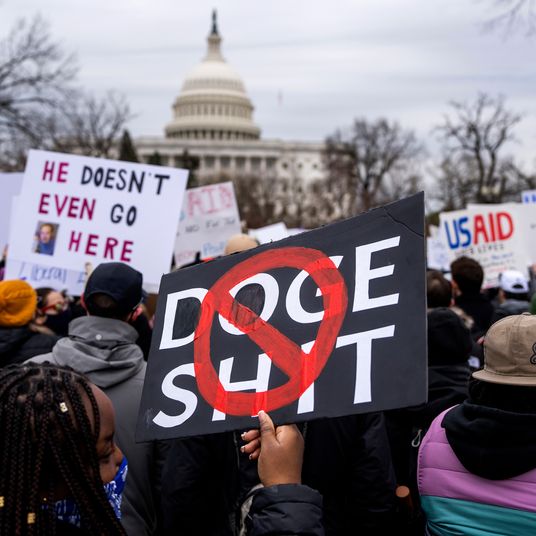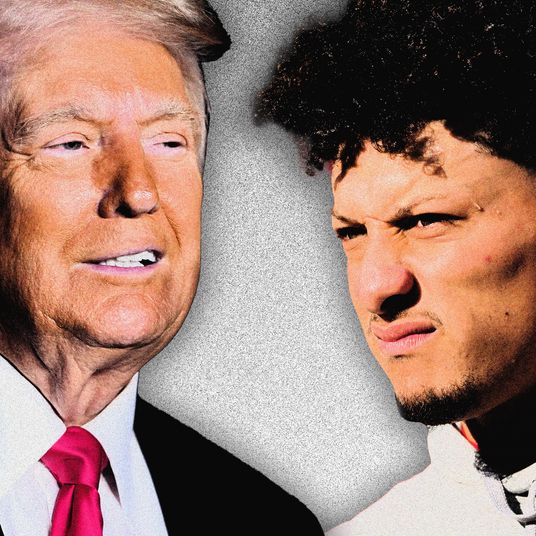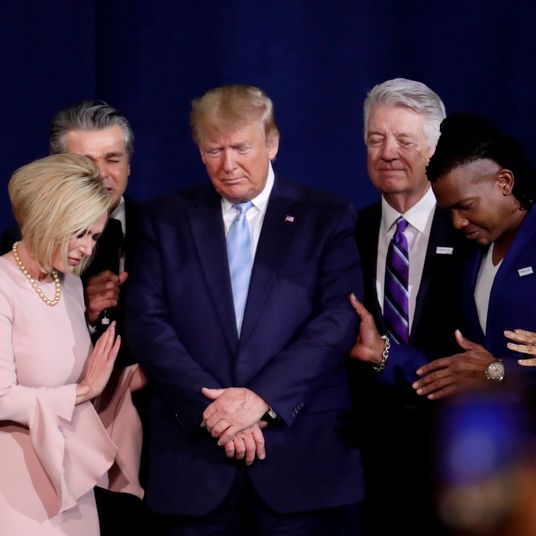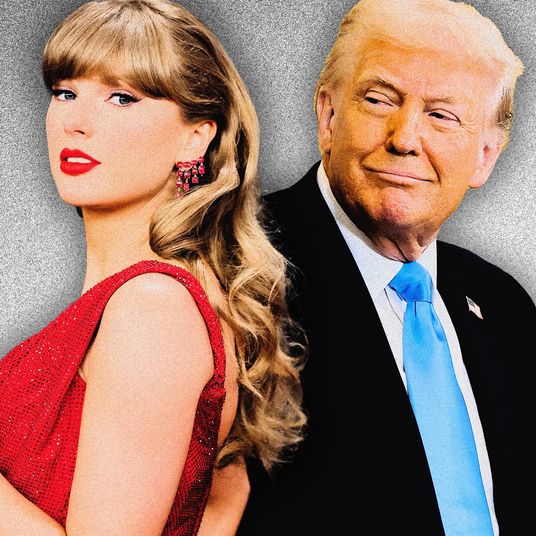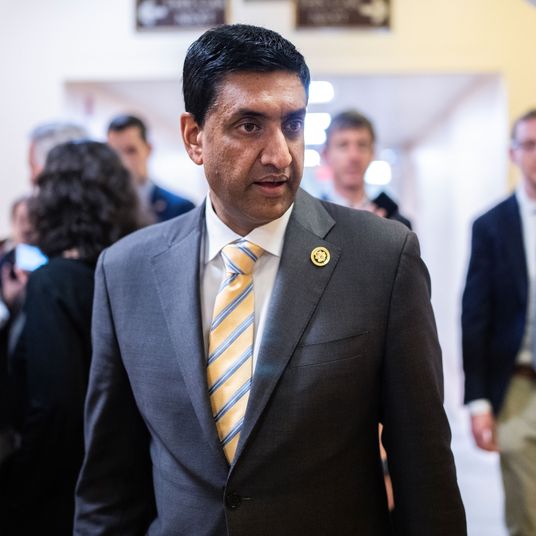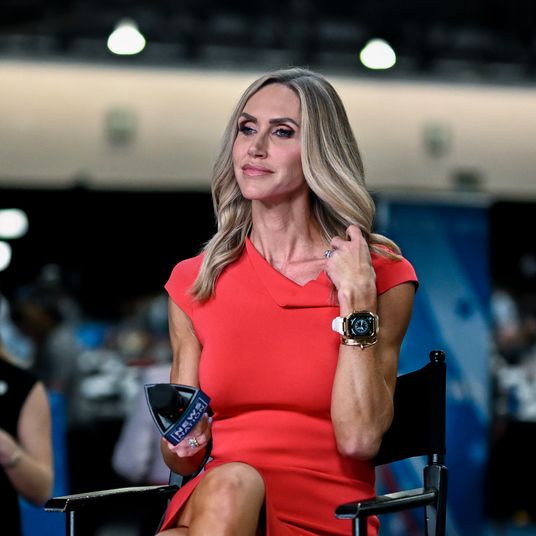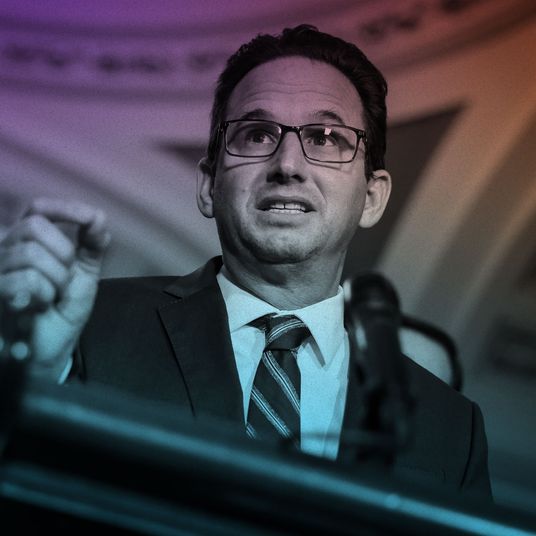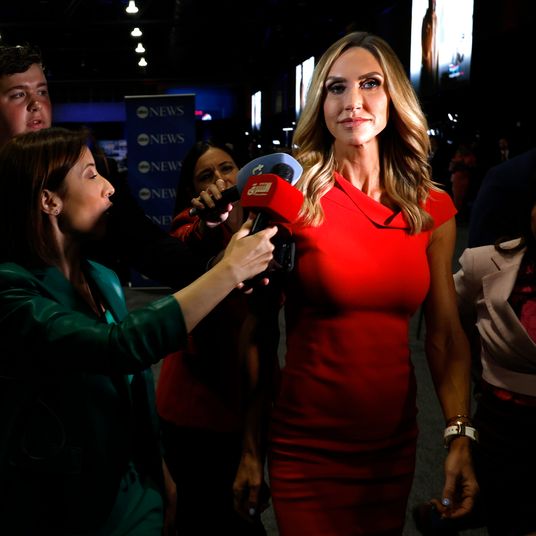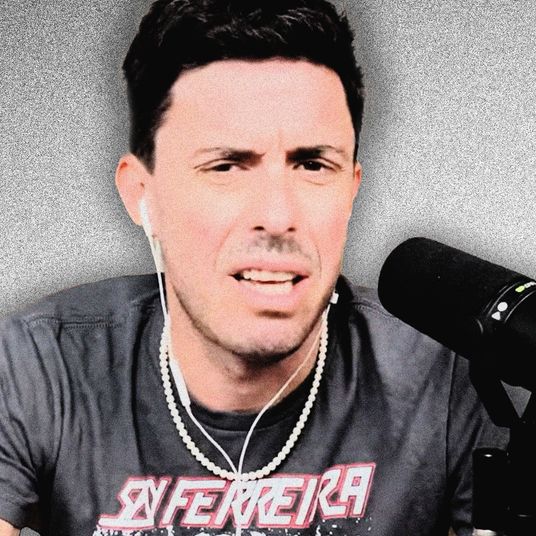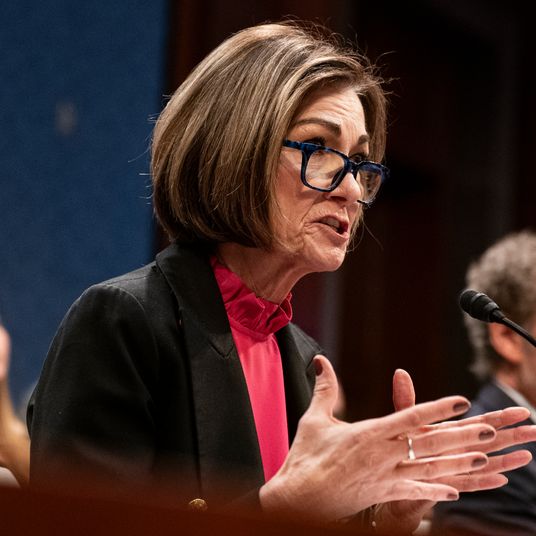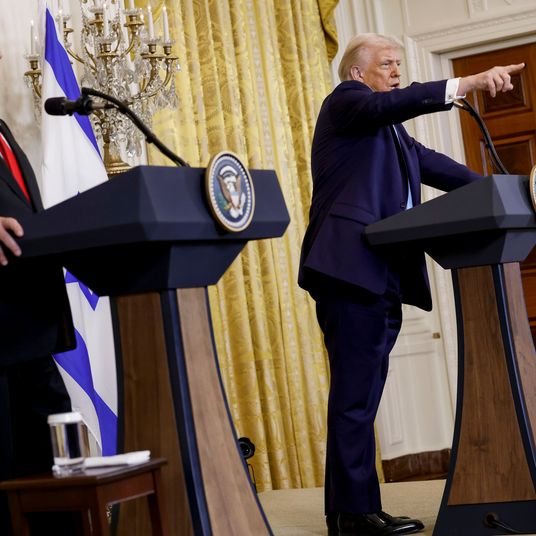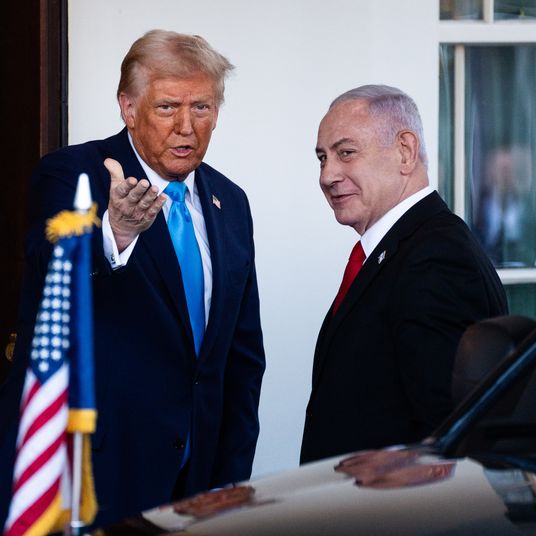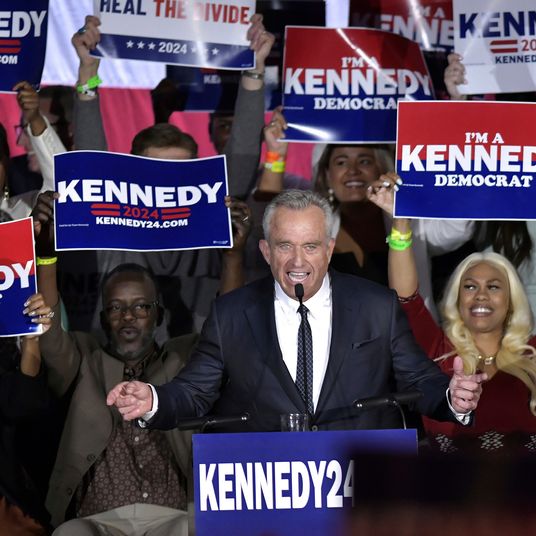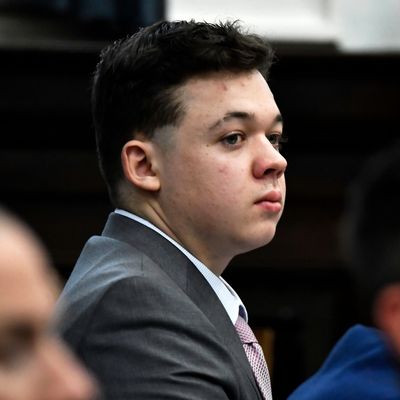
Kyle Rittenhouse, who killed two men and wounded a third in Kenosha, Wisconsin, during last summer’s unrest there, surprised court-watchers when he took the stand for several hours in his murder trial on Wednesday. The risky move was especially unexpected following a rough week for prosecutors, who had called multiple witnesses that seemed to undermine the state’s case that Rittenhouse was not acting in self-defense when he opened fire.
Rittenhouse, who is now 18, began to shake and sob as he described the night of August 25, 2020. Rittenhouse said Joseph Rosenbaum “cornered” him in a parking lot and threatened to kill him after a foot chase through the streets of Kenosha, during protests against the police shooting of Jacob Blake. Rittenhouse testified that he defended himself by firing an assault-style rifle at Rosenbaum, killing him. Rittenhouse’s mother also broke down from the gallery, causing the judge to bring the trial to recess. After the break, Rittenhouse said he “didn’t do anything wrong” and that he had not been, in the words of his attorney, “looking for trouble” when he drove from his Illinois home to Kenosha, ostensibly to clean graffiti, in an effort to undermine the narrative that he was a vigilante.
During cross-examination, the prosecution questioned Rittenhouse about why he brought an assault rifle to the protests. Rittenhouse said that he had thought he was ineligible to carry a pistol at age 17, but that a rifle was permissible. The prosecution also grilled Rittenhouse about his intent when he fired the shots, implying that he intended to kill his victims. Rittenhouse repeatedly claimed was protecting himself, saying, “I never wanted to shoot Mr. Rosenbaum … I didn’t want to have to shoot him.” He claimed that if Rosenbaum had taken his gun, “he would’ve used it and killed me with it and probably killed more people.”
Earlier in the day, the judge in the case, Bruce Schroeder, had ordered the jury out of the room and excoriated the prosecution for asking questions about evidence that Schroder had previously ruled as in admissible, including Rittenhouse’s post-arrest silence to authorities and a video interview he granted on that night. “When you say that you were acting in good faith, I don’t believe that,” the judge told lead prosecutor Thomas Binger, warning him “there better not be another incident.”
The defense moved for a mistrial with prejudice, meaning that Rittenhouse could not be tried on the same charges again. Schroeder did not rule on the request, but said he would take it “under advisement.”
It was yet another rough day for the prosecution, whose trouble getting witnesses to bolster its case was a main storyline of the trial’s first few days, as the AP reported on Wednesday:
Ryan Balch is a military veteran who carried an AR-style rifle that night and patrolled with Rittenhouse. He told jurors how Rosenbaum made ominous threats within earshot of Rittenhouse.
“If I catch any of you guys alone tonight I’m going to f—- kill you!” he recalled Rosenbaum shouting.
Another witness, videographer Richie McGinniss, described Rosenbaum chasing Rittenhouse and lunging for Rittenhouse’s gun. When prosecutor Thomas Binger pressed McGinniss to concede he didn’t know what Rosenbaum’s intent was, McGinniss had a pointed — and damaging — answer.
“Well,” McGinniss promptly replied, “he said, ‘F—- you.’ And then he reached for the weapon.”
Moments after shooting Rosenbaum, Rittenhouse was confronted by a crowd that included Anthony Huber, who struck Rittenhouse with a skateboard before Rittenhouse fatally shot him. After that, he shot and wounded Gaige Grosskreutz, who survived. Grosskreutz testified that he had approached Rittenhouse with a gun and pointed it at him before Rittenhouse pulled the trigger, again complicating the prosecution’s case.
Rittenhouse’s defense is expected to rest its case this week.


